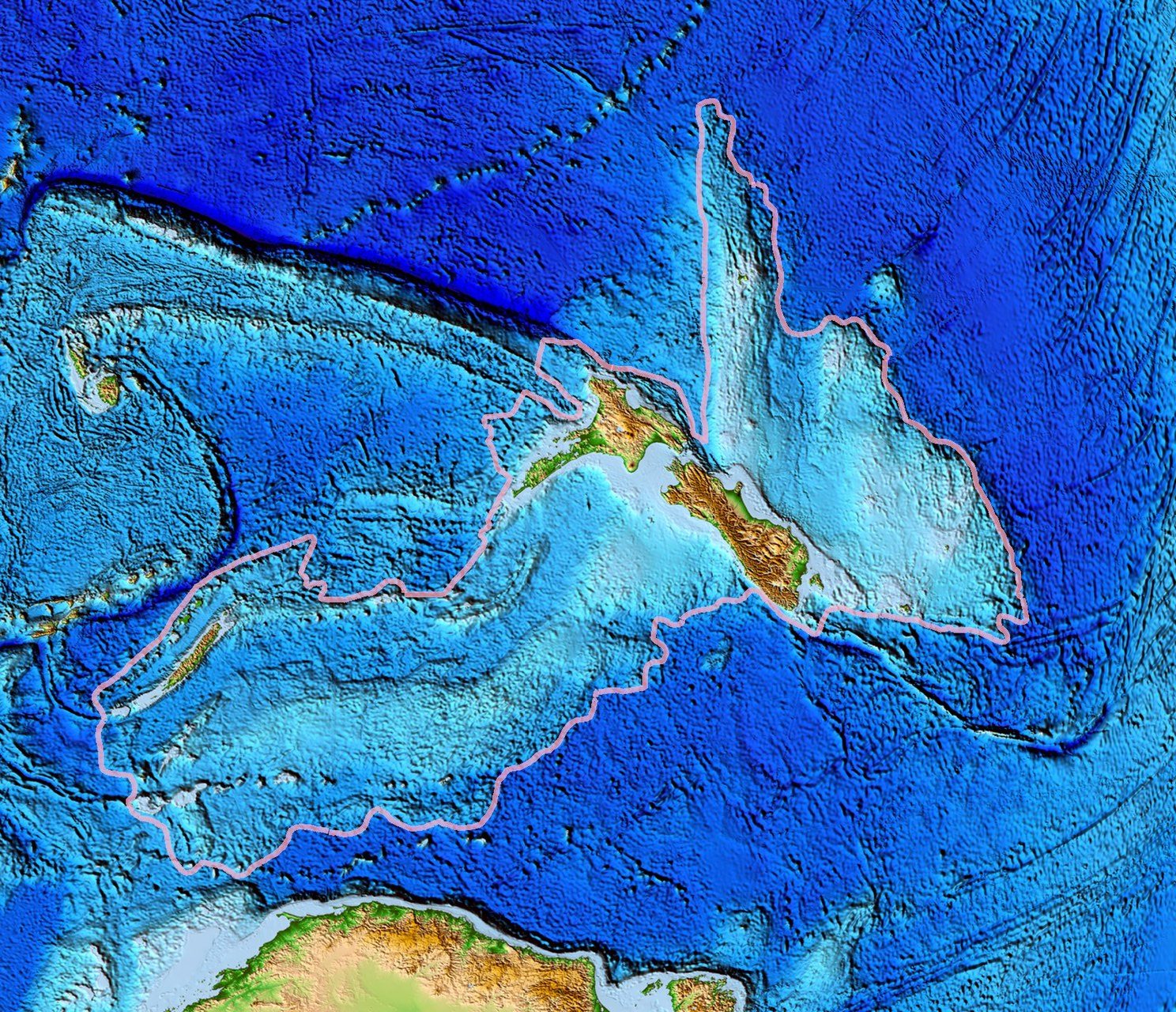Zealandia, now 94% underwater, is believed to be formerly part of the supercontinent of Gondwana.
Geologists are now a step closer to discovering the sunken macro-continent of ‘Zealandia’ following the release of a new detailed map of the submerged land over the weekend.
A team of geologists from the United States, New Zealand, Australia, New Caledonia, Denmark, and Tasmania managed to dive deep into the mystery of Zealandia, believed to be earth’s hidden eighth continent.
The experts compiled the latest map of the fallen continent following a long process that involved gathering rock samples from the sea and using advanced geophysical mapping methods.
“Our new 1:25 M geological map of South Zealandia provides a regional framework to investigate the rifting and breakup that formed Zealandia, Earth’s most submerged continent,” the scientists said in a published paper titled ‘Reconnaissance basement geology and tectonics of North Zealandia‘.
The evidence gathered by the geologists suggested the macro-continent gradually sunk in the southwest Pacific Ocean nearly 40 million years ago. A macro-continent is a landmass that was pulled away from a larger continent.
Zealandia, now 94% underwater, is believed to be formerly part of the supercontinent of Gondwana, which formed at least 550 million years ago before it disintegrated around 180 million years ago.
Gondwana previously comprised present-day Australia, Antarctica, South America, and Africa.
Zealandia remained hidden for 375 years before its discovery in 2017, marking the beginning of research and exploration for geologists.
By 2019, an international team of experts managed to map the geology of South Zealandia and revealed that it was split by tectonic forces.
It is widely believed that the fragmentation of Zealandia occurred in two stages; the first 89-to-101 million years ago and a second 80-to-90 million years ago.
According to National Geographic, the macro-continent of Zealandia is nearly half the size of Australia, its climate is known to be mild and it is tectonically active.
Zealandia’s northern part is volcanic and has six areas with active volcanoes, the biggest of which is the Taupo Volcanic Zone. The underwater part of Zealandia is also rich in minerals.







